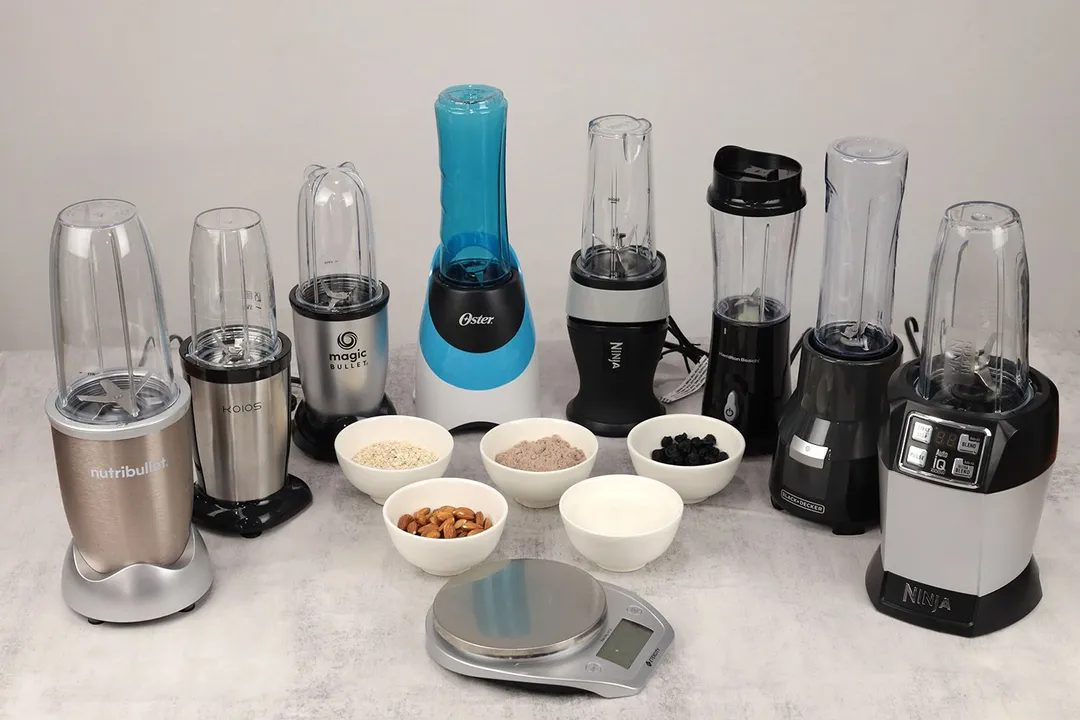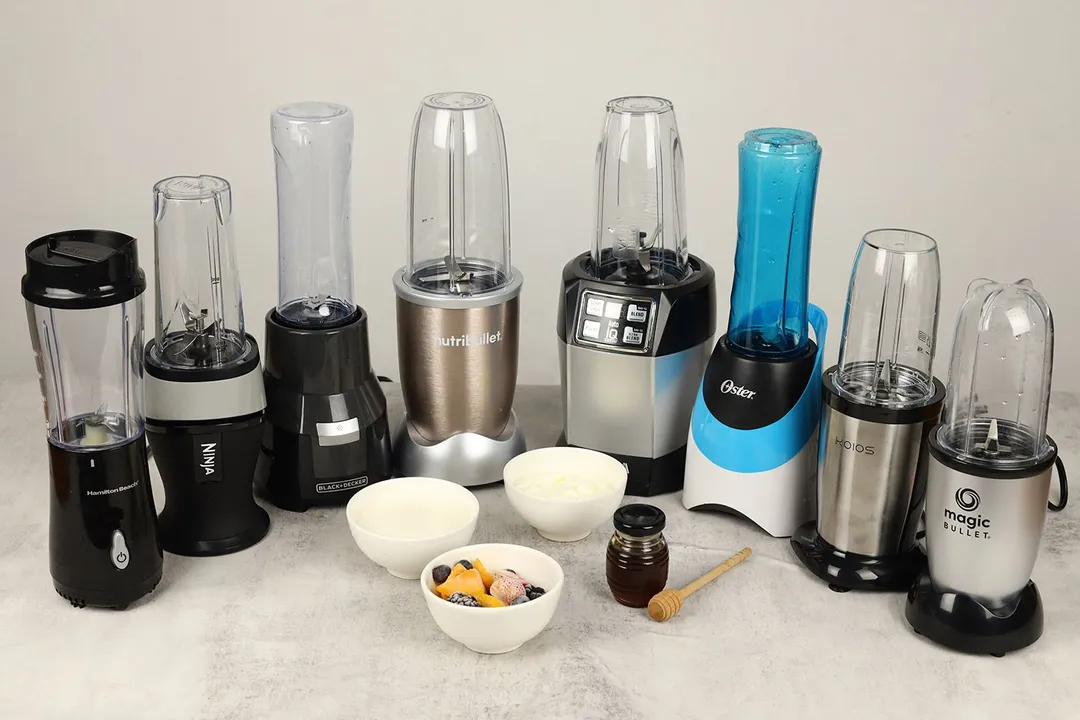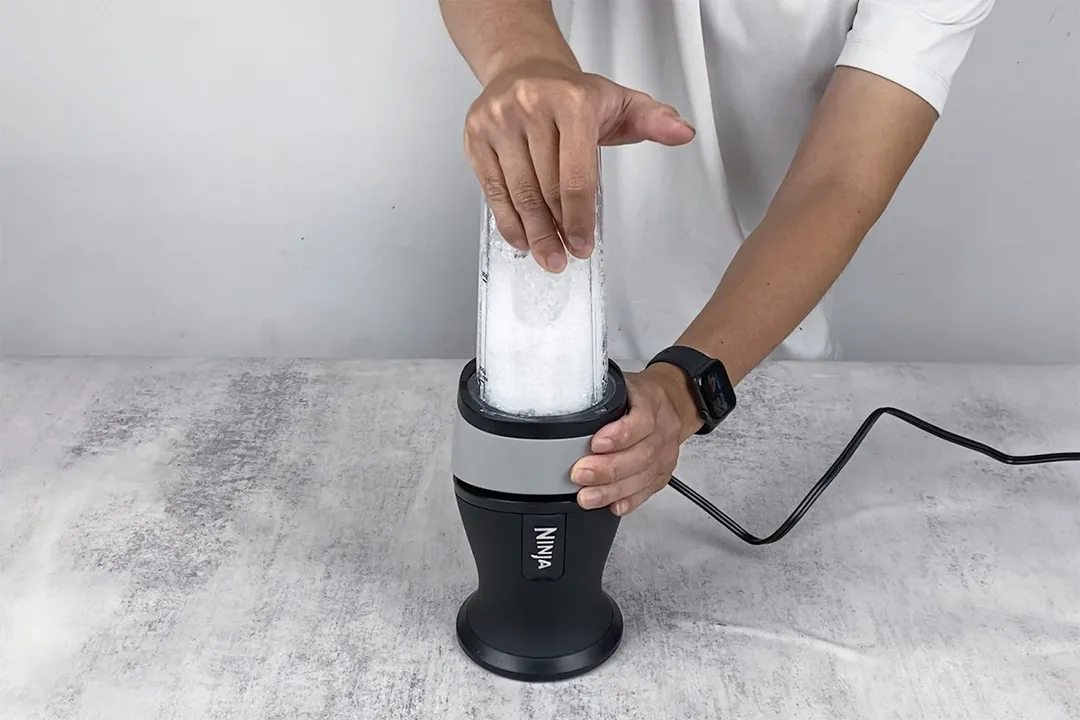Our recommendations are made independently through Research & Testing. We may receive commissions from purchases made via our links.
Fibrous Greens Test for Personal Blenders
This green smoothie test aims to illuminate the efficiency of each personal blender when it comes to processing fibrous food.
This test is part of How We Test Our Personal Blenders v1.0
Today’s health-conscious consumers have fueled an ever-growing demand for nutrient-dense blended drinks. If you are a fan of green smoothies and think you need more fiber, you may want to know how efficient your personal blender is at processing leafy vegetables. This test will give you some practical answers.
Why The Test Matters
Our leafy smoothie gets its vibrant green color from kale, spinach, and celery. This particular recipe is very bitter, but our whole purpose here is to evaluate how well each blender handles vegetable fiber. The celery, in particular, should help differentiate the good blenders from the mediocre ones.
When you actually go to make your own green smoothie, you’ll probably want to add a little fruit to sweeten your drink.
Simply put, this test is meant to be hard on the blenders. Any machines that produce perfect results will get a rousing recommendation from our team.
Testing Recipe: 1 Serving
- 1 oz kale
- 0.5 oz spinach
- 1 oz celery
- 1 cup water
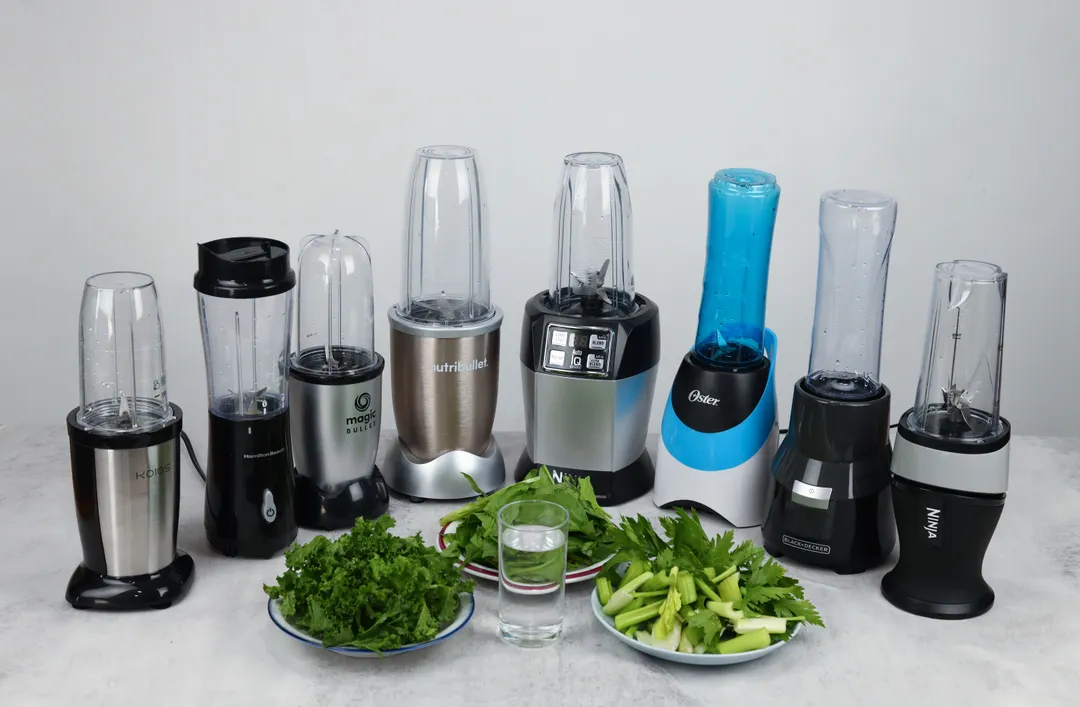
Testing Procedure
We begin the test by cutting all the ingredients into 1-inch pieces, then placing them in the cup in the following order: spinach, kale, celery, and water. Initially, we thought it wouldn’t be necessary to cut our veggies into small chunks, but our trials on low-capacity blenders such as the Hamilton Beach suggested otherwise. Personal blenders often have narrow jars, so if you don’t cut ingredients small enough, there simply won’t be enough room for them to move around. You’ll end up with an undrinkable combination.
Our trials also indicated that 20 seconds worth of blending was enough to illuminate differences in performance. We run each blender at its highest speed for those 20 seconds and then filter its results through a mesh strainer. We then base our ranking on the particle size and amount of pulp that’s left behind.
However, while we find it quite easy to visually distinguish between these pulp tailings, you may not agree. All the smoothies look roughly the same in photos, so we added an additional step. After straining out the pulp, we will hold each batch under running tap water. The steady stream of water washes smaller pulp particles out, leaving only the larger unblended solids. Finally, we put that remaining pulp into a glass of filtered water. That way, you can get a clearer perspective on each blender’s result.
Scoring Scale
We put each blender through this test and give them scores on a 0-10 scale based on their output. This score makes up 20% of the total performance score.
Blended Result Score
The blended result score was marked on a 10-point scale based on the pulp’s fineness. We found that we could categorize the pulp into four distinct variants:
- Very fine: 9.5-10 points
- Fine: 8 - 9 points
- Coarse: 6 - 7.5 points
- Very coarse: 5.5 points or less
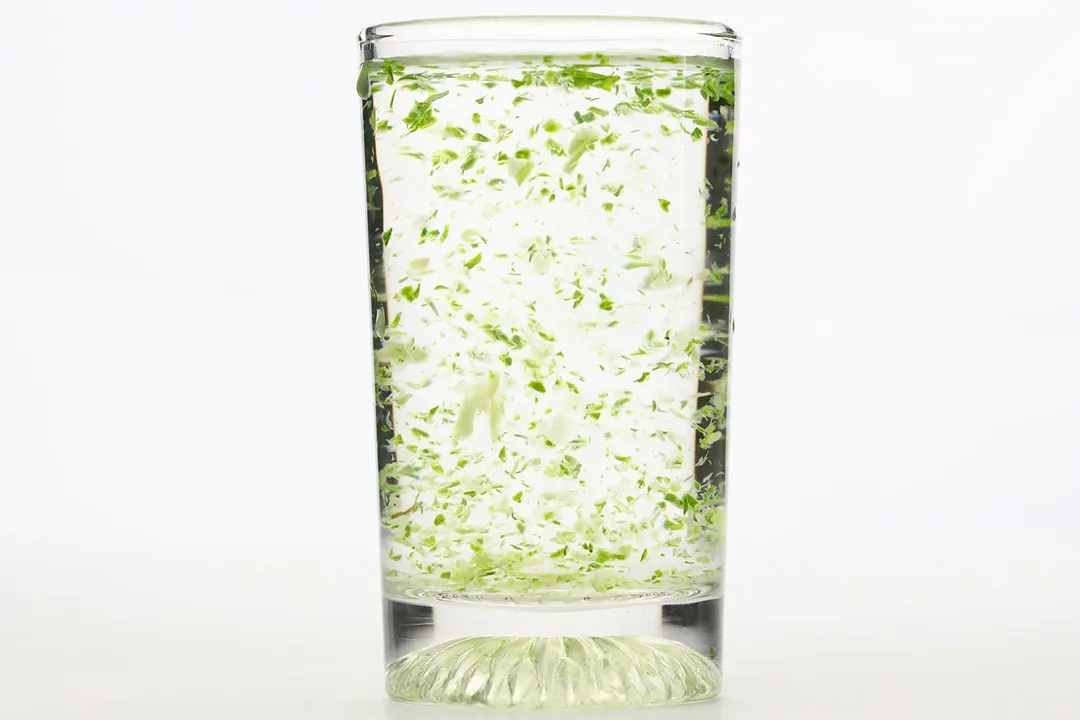
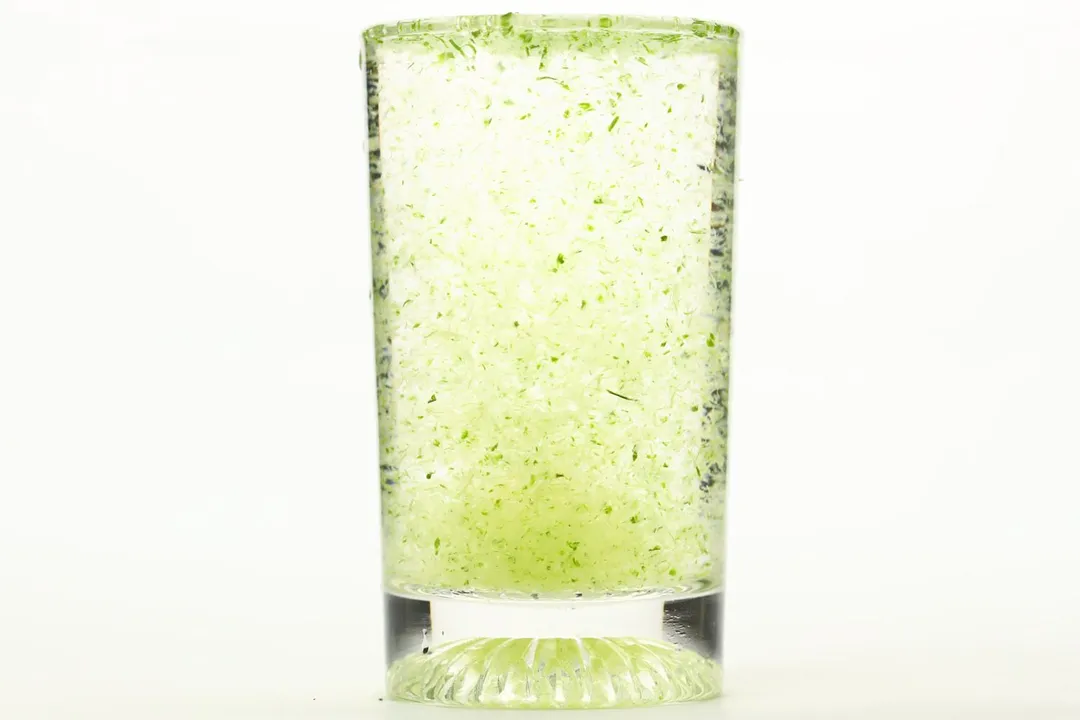
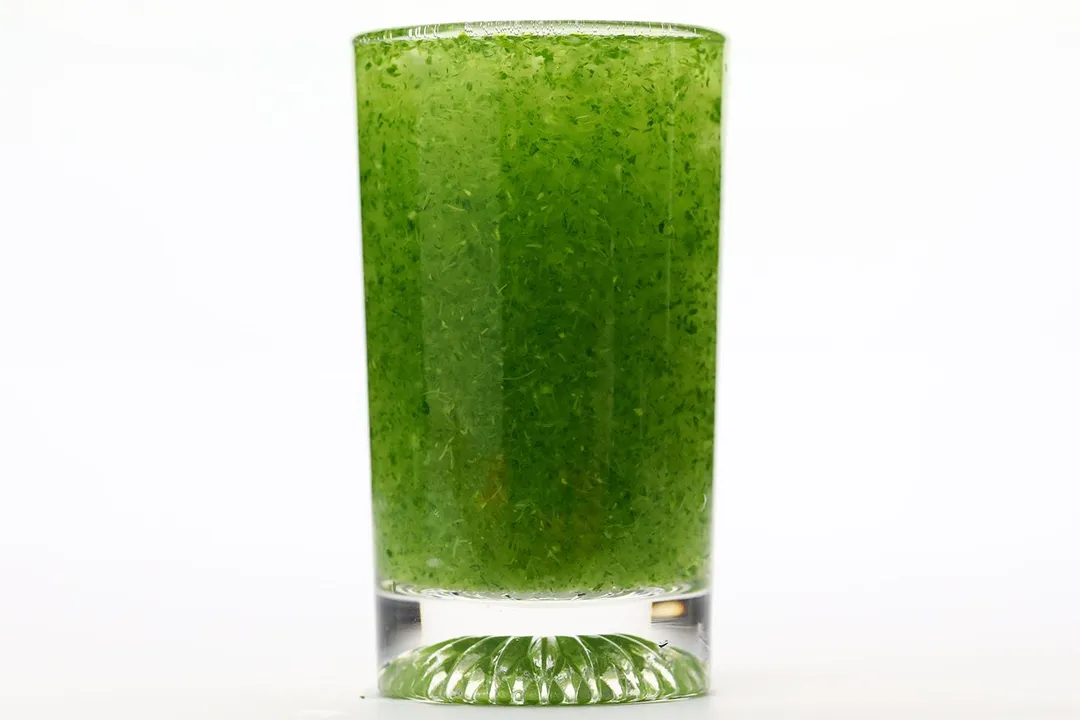
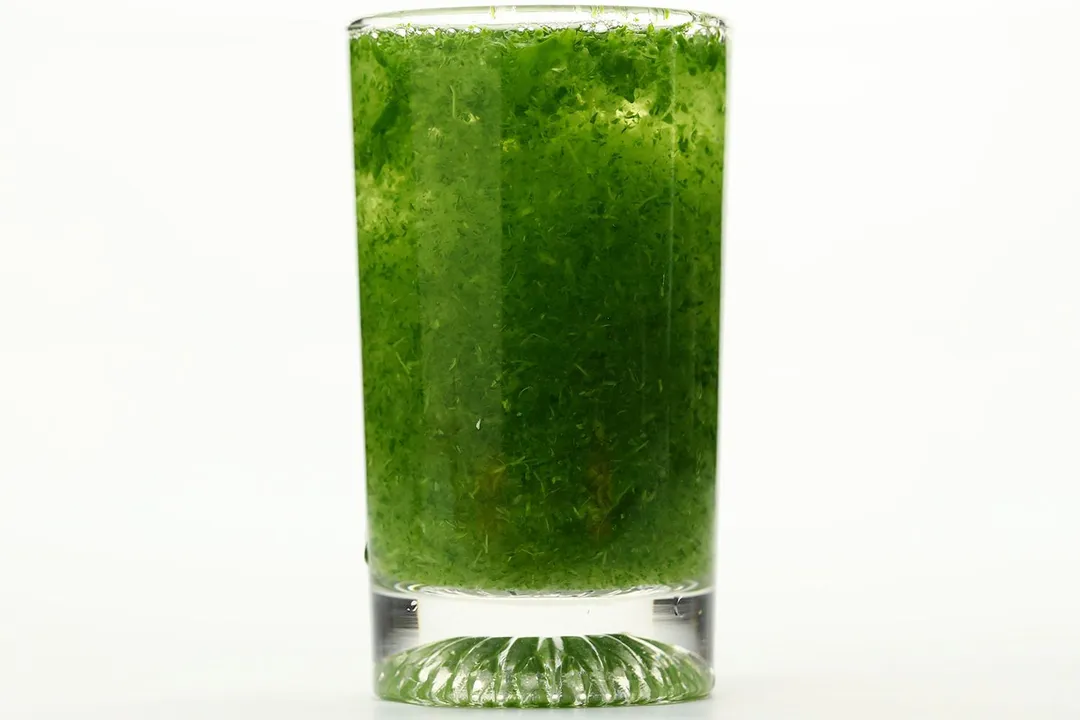
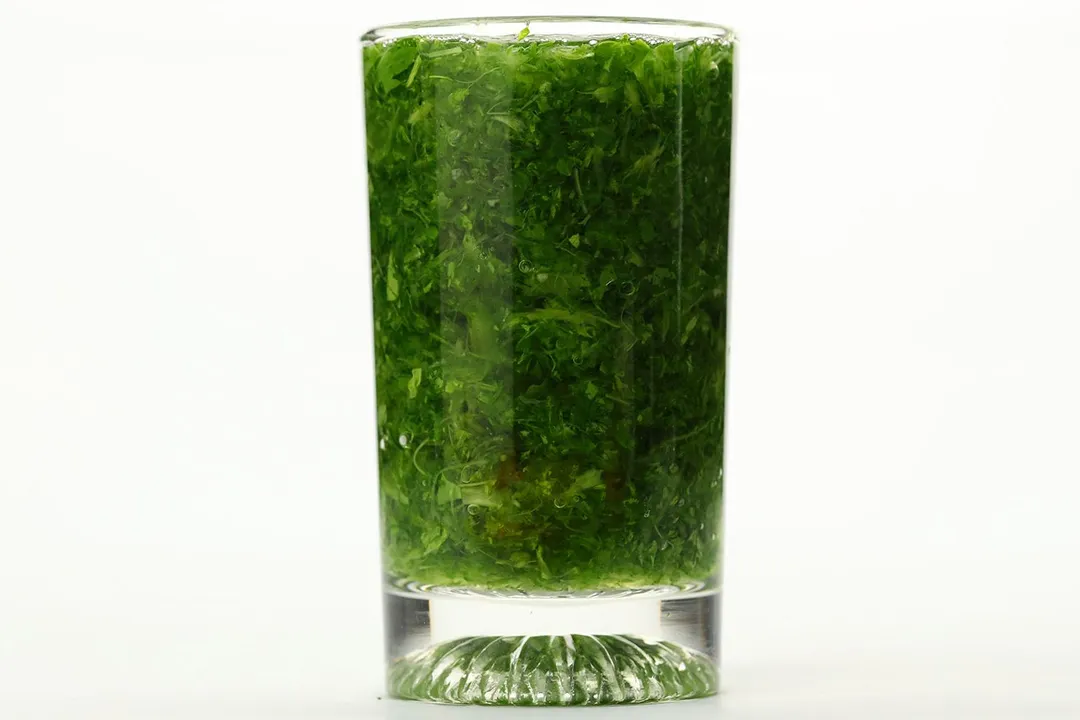
Test Developers
Tina Pham is a staff writer and reviewer, with five years of experience in the industry. As a passionate amateur home cook, she loves to discover practical cooking solutions, and has made it her mission to bring her findings to every kitchen. Her ultimate goal is making cooking more of a pleasure for all.
Lap is Head of the Research, Testing, and Review Team (RTR Team) at HealthyKitchen101.com, where he directs and supervises the testing of kitchen gadgets and appliances.
Nguyen Ntk is a graphic designer, photographer, and videographer whose philosophy centers around respecting and celebrating the beauty of reality. Through his lenses, Nguyen strives to capture the true essence of objects and events, showcasing and highlighting authentic features without distortion or exaggeration.



